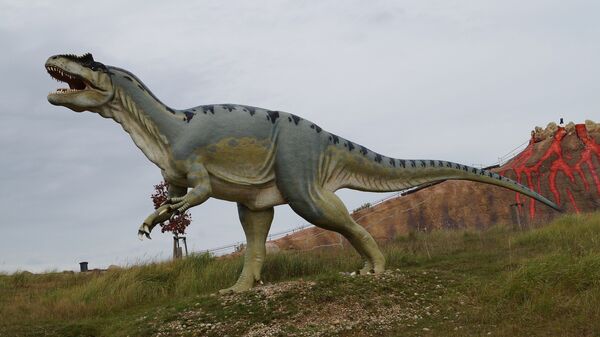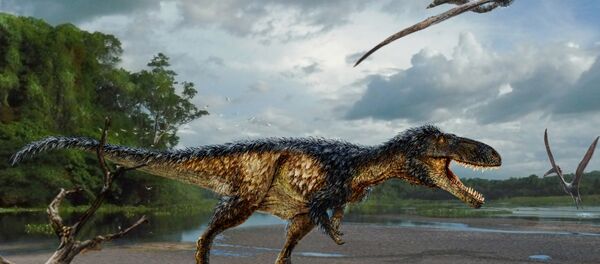The found remains contained chemical traces of emerging eggs and scientists came to a conclusion that the sex of dinosaurs can be determined in the same manner as by all modern birds, namely by the presence and the structure of so-called medullary bone (MB) which can be found only in the body of female species and plays a key role in eggs' shaping.
"MB provides little structural support rather its primary function is to serve as an easily mobilized source of calcium for eggshell mineralization. MB is gender-specific and does not occur naturally in males or juveniles, only in mature females," the study published in Scientific Reports magazine said.
Similar findings were made before, but many researchers doubted that the bone is the same as the one identified by bird species.
The paleontologists have tried to dispel those doubts by studying the structure of the bones of modern birds and their predecessors and analyzing how their presence changes the chemical composition of the fossils. In particular, the medullary bone must contain a large amount of sulfates and special fibers, traces of which can be found in the fossils in the form of an unusual arrangement of crystals.
Focusing on these chemical features, scientists have confirmed that the found bones belong to a female species, thus for the first time in history identifying a dinosaur's gender and discovering a "pregnant" Tyrannosaurus rex.
Earlier, scientists lacked data on the body and the anatomy of the dinosaurs associated with their gender. Researchers were aware of the fact that the dinosaurs demonstrated their gender using horns, crests and bone collars but did not have a reliable method to determine their sex.



